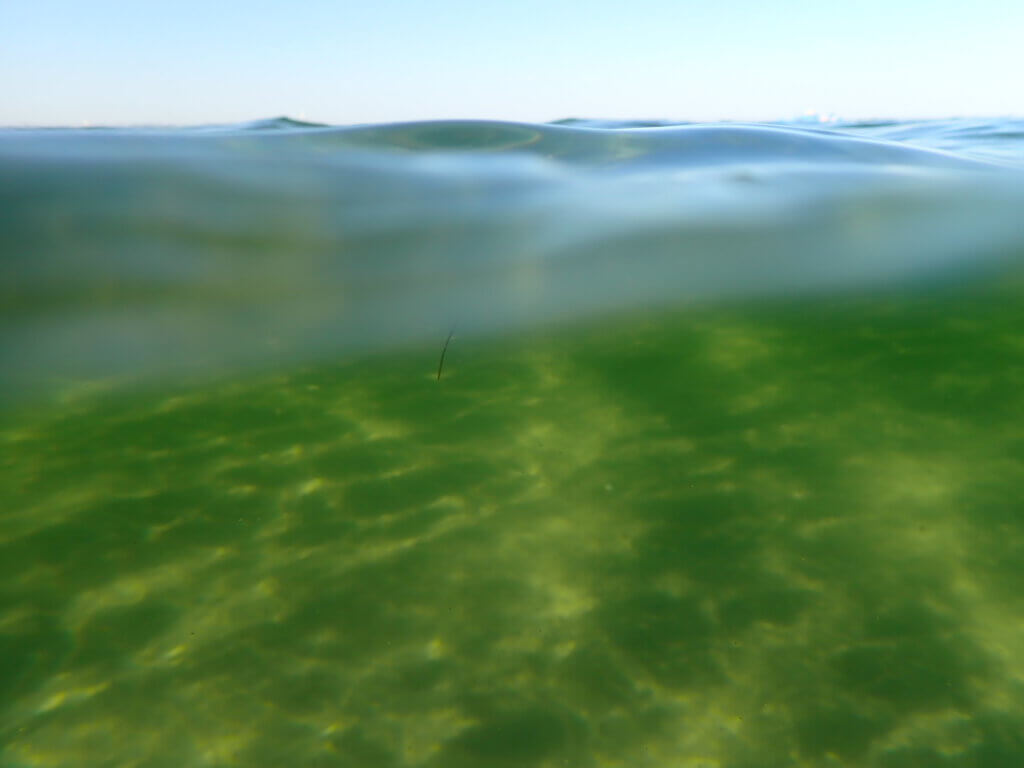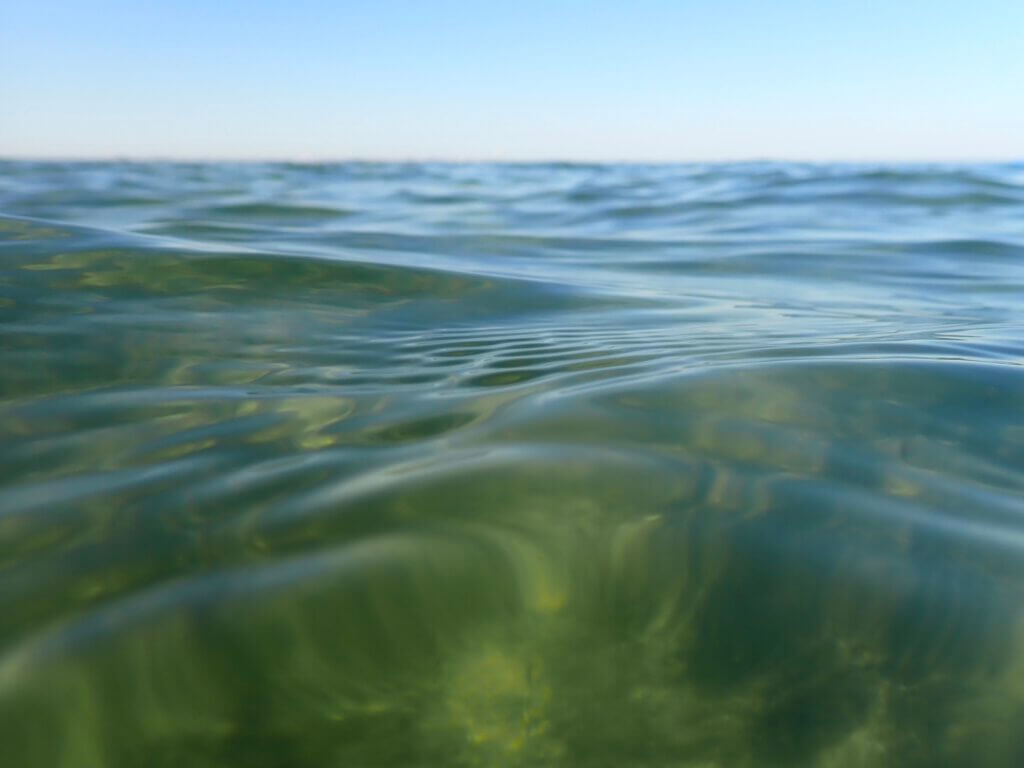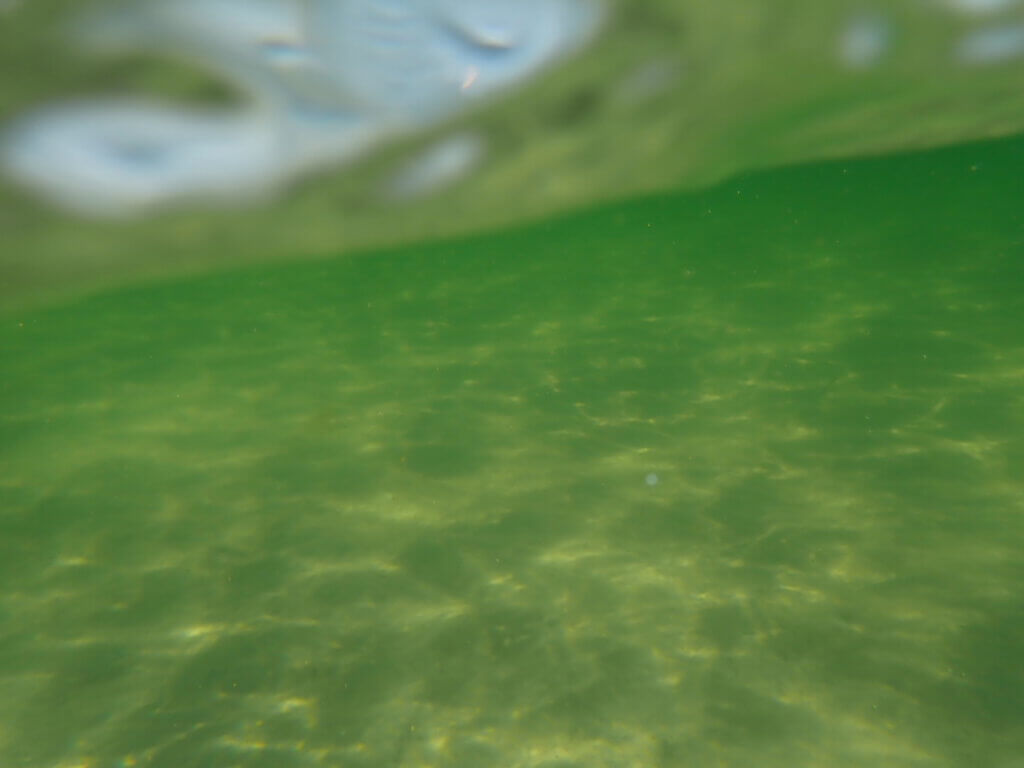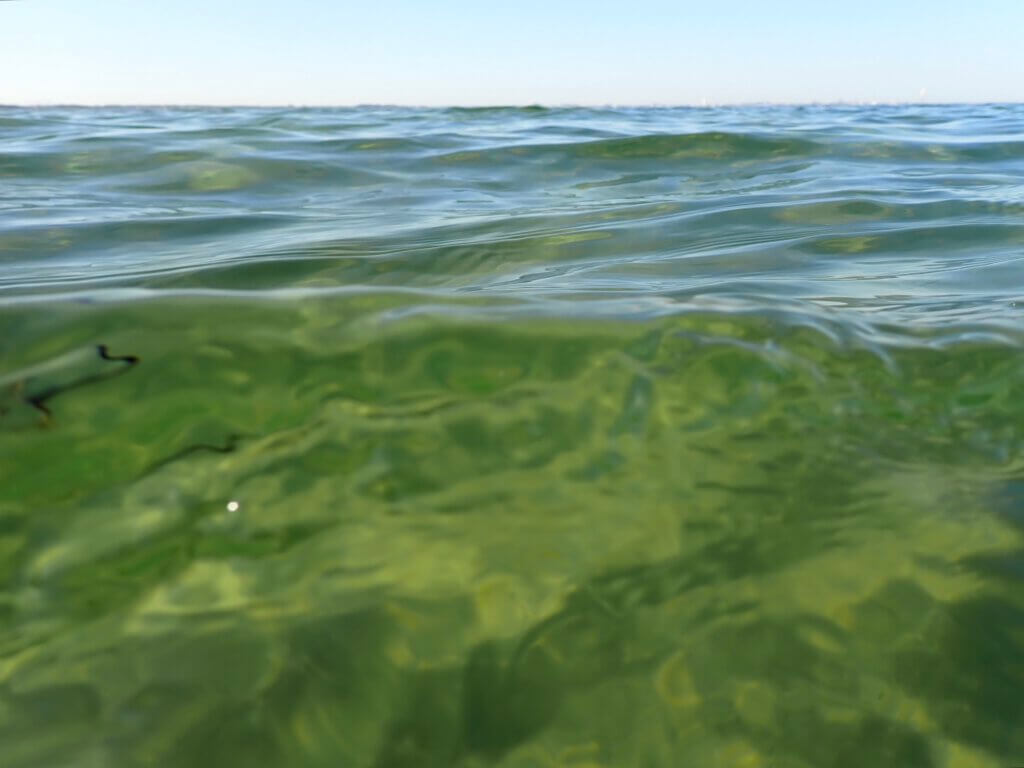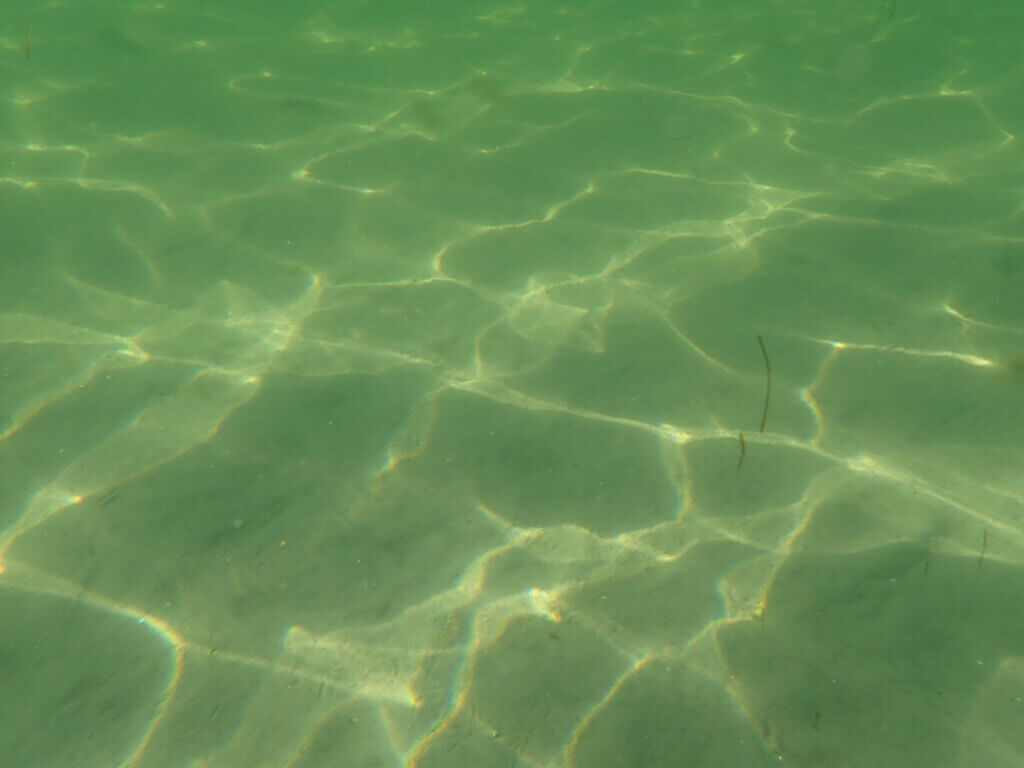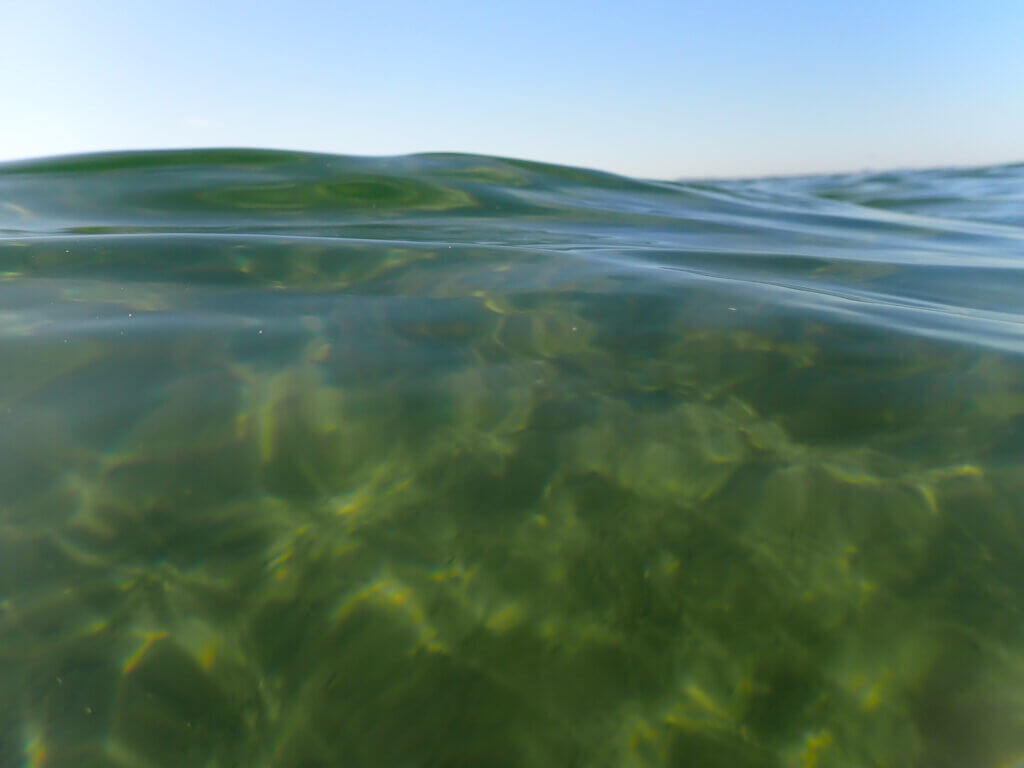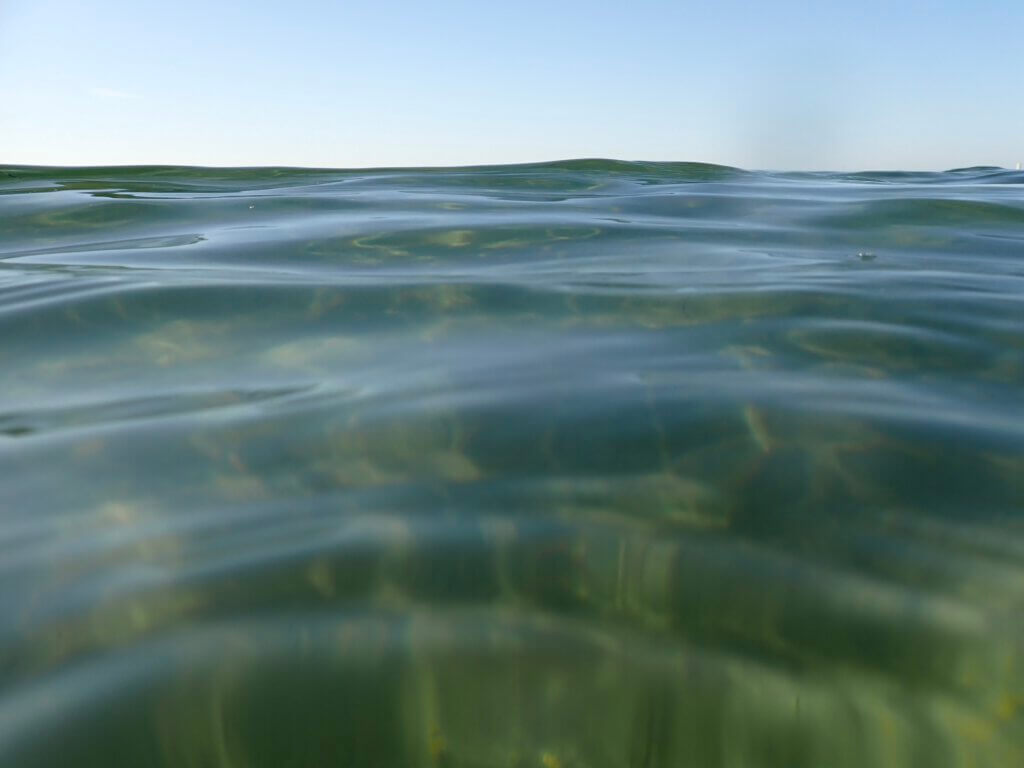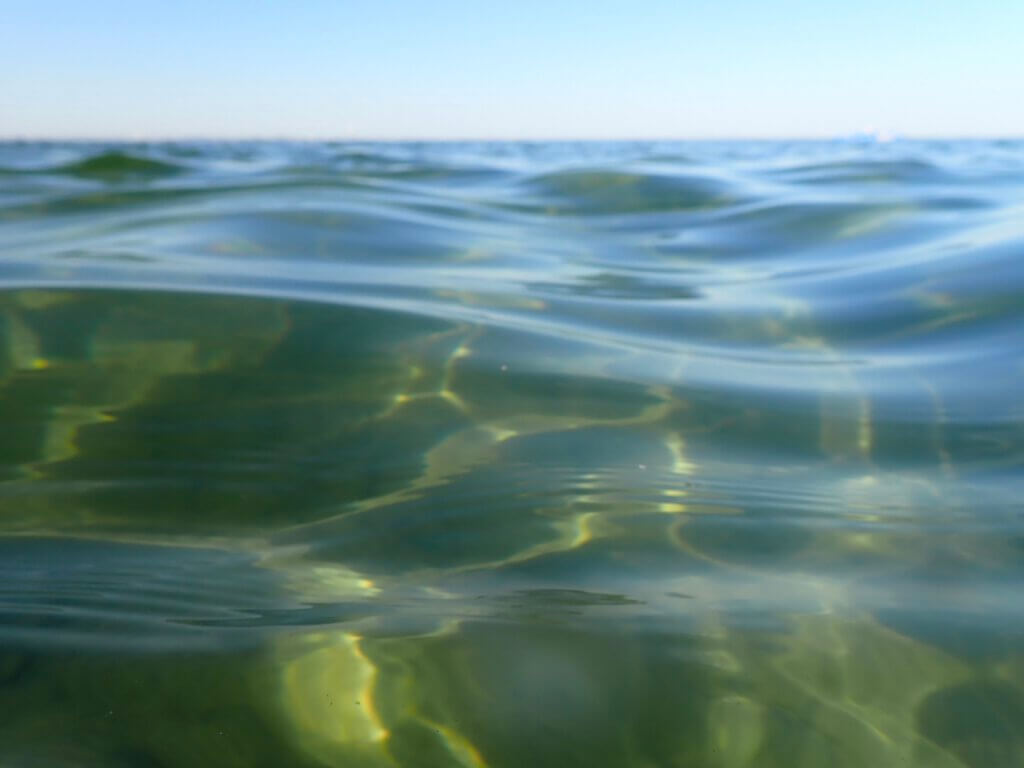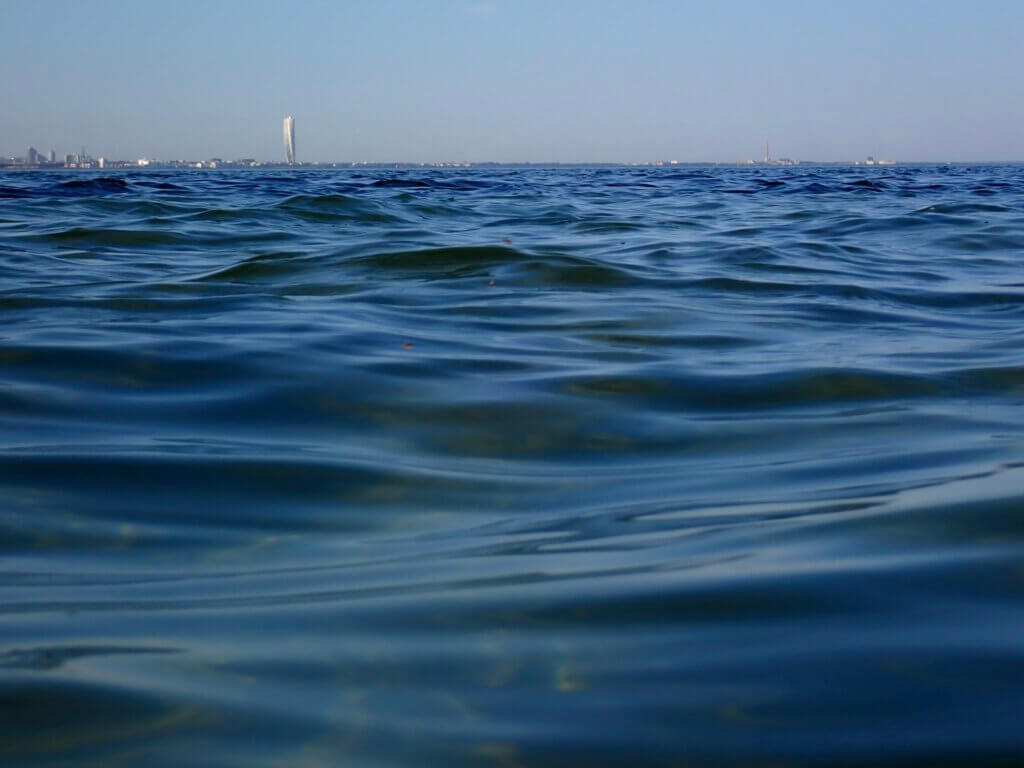
Reading about a capstone project designed to integrate sustainability in software engineering
Palacin-Silva et al. (2018) describe a capstone project developed to integrate sustainability in software engineering education. Their course has five main aims:
- Understanding [something technical];
- Implementing [something technical] to support the needs of an organization;
- Mastering [something technical]
- Understanding [business challenges of something technical]; and
- Applying [something technical].
So originally, the course was very much technically focussed with — maybe — a little bit of business stuff.
Then they added the new capstone projects where teams develop applications according to these requirements:
- “Engage citizens“: Despite the “engage”, the focus in this point is really on “informing”, so likely coming from a deficit model idea of “if they knew better, they would do better”.
- “Create non-invasive solutions“: I interpret this as “make sure the technology doesn’t get intrusive and that the user stays in control”
- “Create human impact (changes in behaviour)“: Make people behave more “green” in their daily lives
- Do 3. by “using green technologies and techniques”: This is some technical specification
- “Address some of the environmental sustainability challenges“: Here, one of the examples is “rise of environmental awareness with information diffusion, training and education for the population”, so again the deficit model.
Judging from the language use of “some of the environmental sustainability challenges” and “green technologies and techniques“, this is not a strong understanding of sustainability, but let’s see where they are going with this! Later, they mention that “social, economic and environmental concerns” should be addressed, but the focus is still on composting and resource consumption, plus “studying techniques to actively engage citizens in collection, analysis and use of relevant scientific data“.
After running a course with these capstone projects, the three main outcomes of those projects were, and I quote,
- Empowering people: using ICT to raise people’s awareness of the environmental impact of their actions and to channel their behaviour in a more environmentally-friendly direction.
- Extending natural resources: reducing the use of diverse environmentally unsustainable resources through ICT-based solutions.
- Optimizing systems: minimizing the environmental load of diverse systems by optimizing their operation.
Overall, they learned 5 main lessons:
- Background knowledge on sustainability helps
- Rather than using a fictitious scenario, it would be beneficial to work on authentic challenges in the community and test it on real people, both for relevance and for real-life experience with real people
- Publish under CC licenses so other people can actually use project outcomes and build on them
- Use the same architecture across projects so they can be achived and shared more easily
- Don’t prescribe roles in the teams, let participants figure it out themselves
So main take-away from this study for me? They did a very technical course and did a good job at using what people learn in that course and use it on sustainability applications, without any drastic “costs” in terms of learning on other areas (I’m assuming — otherwise they would surely have mentioned that). Their main lessons reflect nothing super surprising and also more related to the general setup of project work, and I would have loved to see a strong sustainability understanding in their requirements and thus their projects. But they do show that, and document how, it is possible to pivot a course to using sustainability examples and applications without changing the very technical ILOs. And it is nice to have this documented to also encourage other people to do something similar, a nice example of teaching with sustainability!
Palacin-Silva, M. V., Seffah, A., & Porras, J. (2018). Infusing sustainability into software engineering education: Lessons learned from capstone projects. Journal of cleaner production, 172, 4338-4347.
Here are some wave pics from this morning’s dip. I don’t know why, but today I got a lot split shots (and they are so cool!)
But even just the surface is awesome.
Or a fully-underwater pic…
So fascinating with all the different structures!
And the caustics on the sandy seafloor. At last night’s dip, the sand felt really warm compared with the (also not cold) water!
I just love wave crests when they become glassy!
And I also really like taking pictures from this perspective, right above the surface, where you cannot see the horizon for all the waves…
But the horizon is nice, too, with these beautiful waves and all the caustics on the seafloor…
And here is the Turning Tower, as proof that I am still in Sweden, despite the water looking almost tropical…
